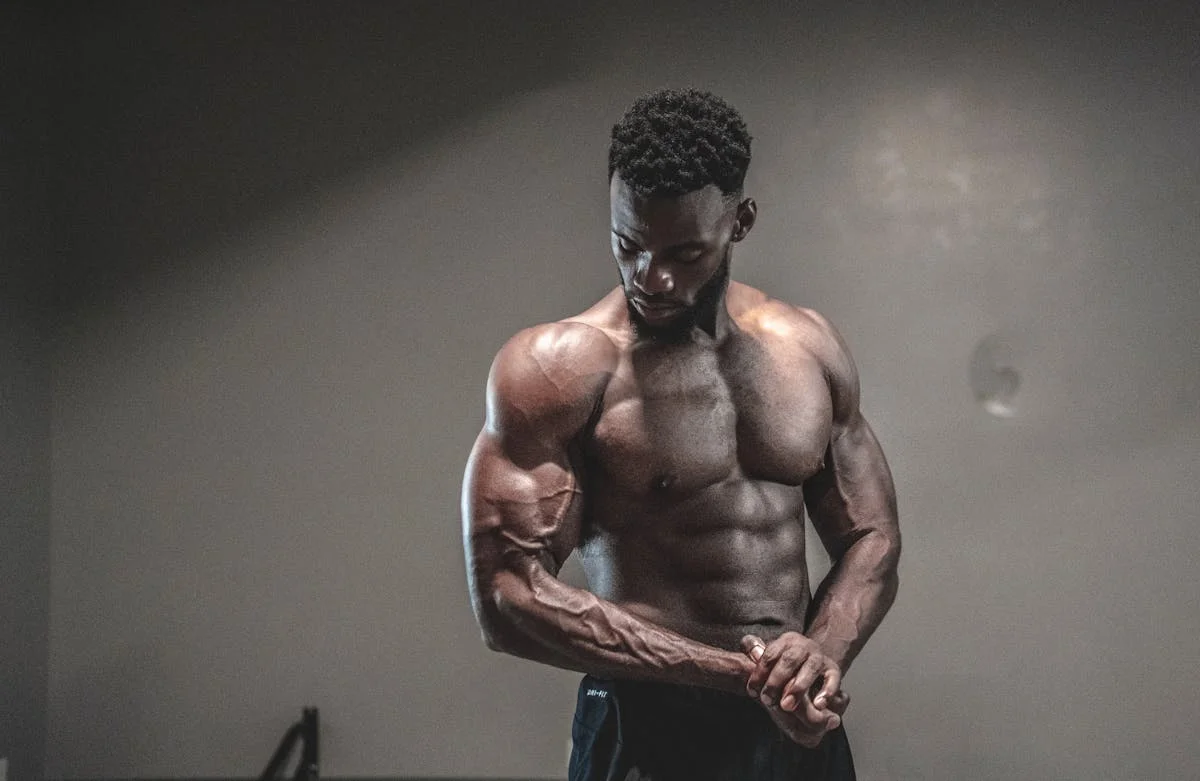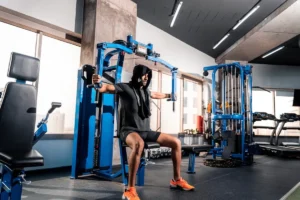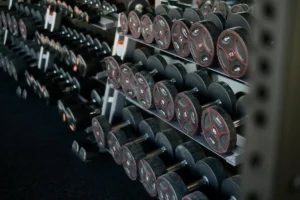- Your cart is empty
- Continue Shopping
4-Pack Abs vs 6-Pack: Men vs Women

We all want that perfect midsection, correct? Whether it’s a 4-pack abs or a 6-pack, having well-defined abs is a common fitness goal. And how do men and women differ when it comes to completing these aims? Let’s dive in and find out.
Understanding Abs: Basics of Core Muscles
Your core is made up of several muscles, but the main player when we talk about abs is the rectus abdominis. This muscle runs down your abdomen and is responsible for the 4-pack abs or 6-pack look. However, getting those muscles to show isn’t just about doing crunches. It’s a mix of genetics, diet, and specific exercises.
What Are 4-Pack Abs?
4-pack abs are where you see four distinct sections of the rectus abdominis. This isn’t about effort; it’s largely about genetics. Some people’s muscles naturally form this way. So, if you see a fit person with a 4-pack abs, it doesn’t mean they aren’t working hard—it’s just how their body is built.
What Are 6-Pack Abs?
6-pack abs are what many people picture when they think of a fit body. These are six distinct sections of the rectus abdominis. Achieving this look usually requires very low body fat and intense core workouts. But just like with a 4-pack, genetics play a big role in whether you can achieve this look.
Genetic Factors Influencing Abs Formation
Genetics are a huge factor in whether you’ll have a 4-pack, 6-pack, or even an 8-pack. This is determined by the tendinous intersections in your rectus abdominis. No matter how much you train, these genetic factors will influence how your abs develop and show.
The Role of Gender in Ab Development
Men and women build abs differently, mainly because of hormones and body composition. Men usually have lower body fat, which makes it easier for their abs to show. Women, however, naturally carry more fat, especially around the lower abdomen, making visible abs a tougher goal to achieve.
4-Pack Abs in Men
For men, having a 4-pack can mean they have a strong upper core. This is often due to their body’s fat distribution and genetics. Even if it’s not as iconic as a 6-pack, a 4-pack is still a sign of a fit and toned body.
4-Pack Abs in Women
For women, achieving a 4-pack is a big deal. Due to higher body fat percentages and different fat storage patterns, women often find it harder to develop visible abs. But a 4-pack still shows a strong and toned core.
6-Pack Abs in Men
Men with 6-pack abs typically have very low body fat and well-developed core muscles. Getting a 6-pack usually involves intense and consistent training along with a strict diet. It’s often seen as the peak of male fitness.
6-Pack Abs in Women
For women, getting a 6-pack is extremely challenging but not impossible. It requires a very disciplined diet and exercise routine. Women who achieve 6-pack abs often have to work much harder to maintain low body fat levels, which can sometimes affect their overall health.
Diet and Nutrition for Ab Definition
Diet plays a massive role in achieving visible abs. Eating lean proteins, healthy fats, and complex carbohydrates, along with staying hydrated, is key. Reducing body fat through a caloric deficit is crucial because abs are as much made in the kitchen as they are in the gym.
Effective Workouts for Achieving 4-Pack Abs
To get 4-pack abs, focus on compound exercises like squats and deadlifts that engage your core. Add targeted exercises like planks, crunches, and leg raises. Consistency and progressively challenging your muscles are key to developing a strong upper core.
Effective Workouts for Achieving 6-Pack Abs
For 6-pack abs, incorporate high-intensity interval training (HIIT) with core-specific exercises like hanging leg raises, Russian twists, and bicycle crunches. This combination helps reduce overall body fat while building defined muscles in your entire core.
Common Misconceptions About Ab Development
A common misconception is that doing endless sit-ups will get you abs. The truth is, you can’t spot-reduce fat. You need to lower your overall body fat to reveal your abs. Another myth is that everyone can get a 6-pack if they try hard enough, but genetics play a big role in this.
Health Implications of Ab Training
While having defined abs is often seen as a sign of fitness, it’s important to focus on overall core strength and health. Chasing a certain appearance can sometimes lead to unhealthy ways like dangerous dieting or overtraining. A balanced method is important for long-term health.
Practical Tips for Maintaining Defined Abs
Keeping your abs defined requires a balanced diet and regular exercise. Include cardio, strength training, and maintain a healthy diet that’s sustainable in the long run. Don’t forget to rest and manage stress, as both can impact your body fat levels and overall fitness.
Conclusion
Whether you’re aiming for a 4-pack or a 6-pack, it’s important to understand your body and work with it. Both men and women can achieve a strong, toned core, even if their abs look different.



